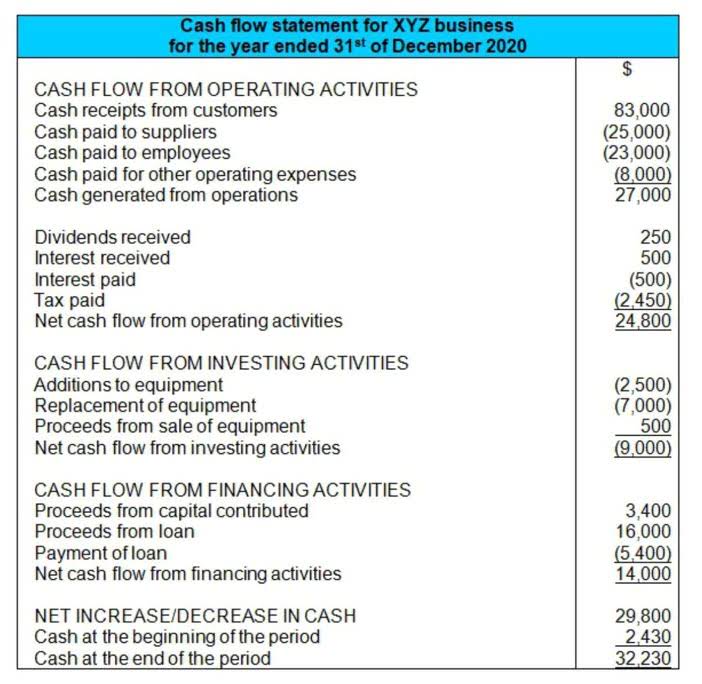
The working capital ratio shows how much working capital is available for every dollar of current liabilities. Figuring out the right amount of working capital your business needs involves calculating your working capital ratio, also called the current ratio. Understanding how much working capital you have on hand to pay bills working capital ratio meaning as they come due is critical to the success of an organization. Focusing only on profit does not necessarily result in a healthy balance sheet. Crowdfunding originates in the artistic sector for financing various creative projects in the fields of music, film, theater, and art.

Accrual Method of Accounting

If Kay wants to apply for another loan, she should pay off some of the liabilities to lower her working capital ratio before she applies. Therefore, it’s important to keep an eye on the numbers as a company grows larger and its working capital needs increase. Beginning a startup is one thing, but managing it through growth is another altogether.
What is a business plan?
If a company has a positive working capital number, this means its current assets are greater than its current liabilities. Put simply, this indicates that the company would be able to access enough cash to cover its short-term needs. Working capital is determined by assessing a company’s short-term assets and liabilities. These inputs help gauge whether a business has enough liquidity to manage its daily expenses and short-term obligations. If you can cover short-term bills Retail Accounting and fund growth internally, it’s a sign of positive working capital and that the short-term health of your business is solid. In contrast, negative working capital indicates liquidity issues, which may lead to late payments, higher debt and financial strain.
How to apply for and get a business credit card
Business people of all backgrounds should become familiar with the statement of cash flows since a company’s liquidity depends on its cash flows. It is also important to understand the root cause for a change in working capital and/or liquidity. In the case of a liquidity problem, you should “drill down” by asking “Why has liquidity decreased?
- We will also point out that if these metrics are calculated by using the amounts from a company’s financial statements, the amounts are likely from the prior year.
- A ratio less than 1 means that a company’s current liabilities exceed its current assets, which can be a sign of financial distress.
- Some products may have sold quickly because of high demand and some products may have been sitting without any units being sold during the year.
- A ratio less than 1 is considered risky by creditors and investors because it shows the company isn’t running efficiently and can’t cover its current debt properly.
- Let’s take a closer look at the key strategies, common challenges, and vital solutions that can help businesses get ahead.
- The numbers needed for the calculation can be found on a company’s balance sheet or on stock data websites.
Working capital vs. other financial metrics

If Company A has working capital of $40,000, while Companies B and C have $15,000 and $10,000, respectively, then Company A can spend more money to grow its business faster than its two competitors. A QuickBooks class of corporation stock that provides for preferential treatment over the holders of common stock in the case of liquidation and dividends. For example, the preferred stockholders will be paid dividends before the common stockholders receive dividends. In exchange for the preferential treatment of dividends, preferred shareholders usually will not share in the corporation’s increasing earnings and instead receive only their fixed dividend. Also a stockholders’ equity account that usually reports the cost of the stock that has been repurchased.
- If your banker is unable to provide financing, the banker may advise you where you can turn to for the needed financial assistance.
- It is calculated by dividing a company’s current assets by its current liabilities.
- It doesn’t reflect additional financing a company may have available such as unused lines of credit.
- As a crucial liquidity metric, it helps businesses determine if they have enough assets to settle short-term financial obligations while having enough reserves to meet their daily needs.
- “It’s important to understand that just having enough to pay the bills is not enough—this is true for new, as well as growing companies,” says Fontaine.
- Accounts receivable – net is the amount that a company currently expects to receive from customers who purchased goods or services on credit.
- Many entities have varying trading activities throughout the year due to the nature of industry they belong.
In accounting, the word “current” refers to assets and liabilities that can be sold or used in less than one year. As a business owner, you might find unexpected short-term expenses and managing cash flow to be challenging. But a business credit card can help you manage these challenges with relative ease. You can check which Capital One business card you’re pre-approved for—without any impact on your credit—and find the card that suits your business’s financial needs. To gain a clearer understanding of working capital, it’s essential to examine its primary components — current assets and current liabilities.

LMN Corporation’s management decided to undergo a series of infrastructural developments. However, it came to light much later that the company did not have the desired amount of funds at its disposal for such an extensive expansion. Upgrading to a paid membership gives you access to our extensive collection of plug-and-play Templates designed to power your performance—as well as CFI’s full course catalog and accredited Certification Programs. CFI is the global institution behind the financial modeling and valuation analyst FMVA® Designation. CFI is on a mission to enable anyone to be a great financial analyst and have a great career path.
Examples of current liabilities include accounts payable, short-term debt payments, or the current portion of deferred revenue. It’s a commonly used measurement to gauge the short-term financial health and efficiency of an organization. The working capital ratio is calculated by dividing a company’s current assets by its current liabilities.